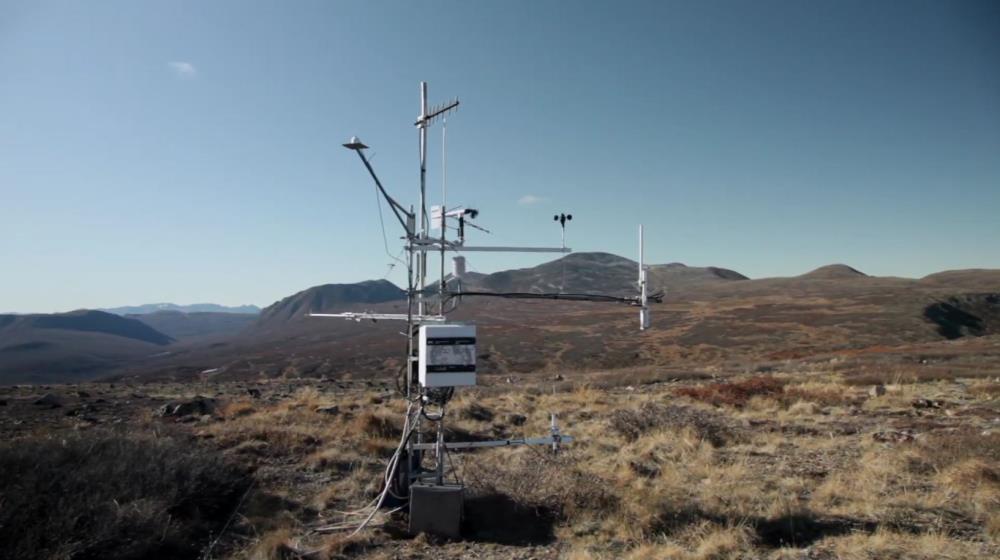
Related items loading ...
Section 1: Publication
Publication Type
Thesis
Authorship
Braaten, Morgan M
Title
The Weight of Water: Using a Geological Weighing Lysimeter to Quantify the Field-Scale Water Balance
Year
2023
Publication Outlet
USASK Harvest - Theses and Dissertations
DOI
ISBN
ISSN
Citation
Braaten, Morgan M (2023) The Weight of Water: Using a Geological Weighing Lysimeter to Quantify the Field-Scale Water Balance, USASK Harvest - Theses and Dissertations,
https://hdl.handle.net/10388/14469
Abstract
Quantifying water and energy fluxes are critical to understand how water is moved and stored on the landscape. These measurements are important for flood and drought forecasting, water resources management, and large-scale numerical weather prediction models. Moreover, land surface model’s (LSMs) which are hydrological tools used to predict and forecast water and energy fluxes, rely on these measurements to calibrate and validate their predictions. To evaluate hydrological fluxes and in turn water storage, representative observations are needed to capture the temporal and spatial dynamics of water on the landscape. However, hydrological fluxes are often difficult to measure and are limited to specific fluxes and spatial resolutions. Geological Weighing Lysimeters (GWL) are novel instruments that provide measurements of total integrated water storage at scales of 102 m2 and 106 m2 (field-scale). These tools use a saturated formations response to changes in mechanical loading, to estimate the change of water storage on the land surface. This research assessed the efficacy of a GWL in a deep confined aquifer at a research site in Duck Lake, Saskatchewan, to measure total water storage and partition individual stores from field-scale water balance. We found when coupled with supplementary observations of shallow groundwater and snow storage, the GWL provided a reliable record of temporal storage dynamics observed in point scale dielectric probes. Inconsistencies in soil moisture storage were from the dielectric probes inability to measure ice content in the soils and different estimates of hydrological fluxes between scales. We then used these storage estimates to critically assess the performance of two LSMs: the Canadian Land Surface Scheme (CLASS) and the Structure for Unifying Multiple Modeling Alternatives: (SUMMA). We found each LSM was able to reproduce total water storage and subsurface storage dynamics well, however they both had major inconsistencies simulating snowpack dynamics and hydrological fluxes. We speculate these inconsistencies are the result of differences in soil hydraulic property representations. The outcome of this research is two-fold. First, GWL and supplementary observations can be used to partition individual storage components from the water balance providing insight into hydrological fluxes; and secondly, small differences in soil hydraulic properties may largely influence Land Surface Schemes (LSSS’s) simulated fluxes, more research is needed to assess the influence have.
Plain Language Summary


 GWFNet
GWFNet Master
Master Data
Data Research
Research Map
Map
 Advanced
Advanced Tools
Tools
 . . .
. . .
 Metadata Editor
Metadata Editor
 Record List
Record List
 Alias List Editor
Alias List Editor
 Legacy sites
Legacy sites